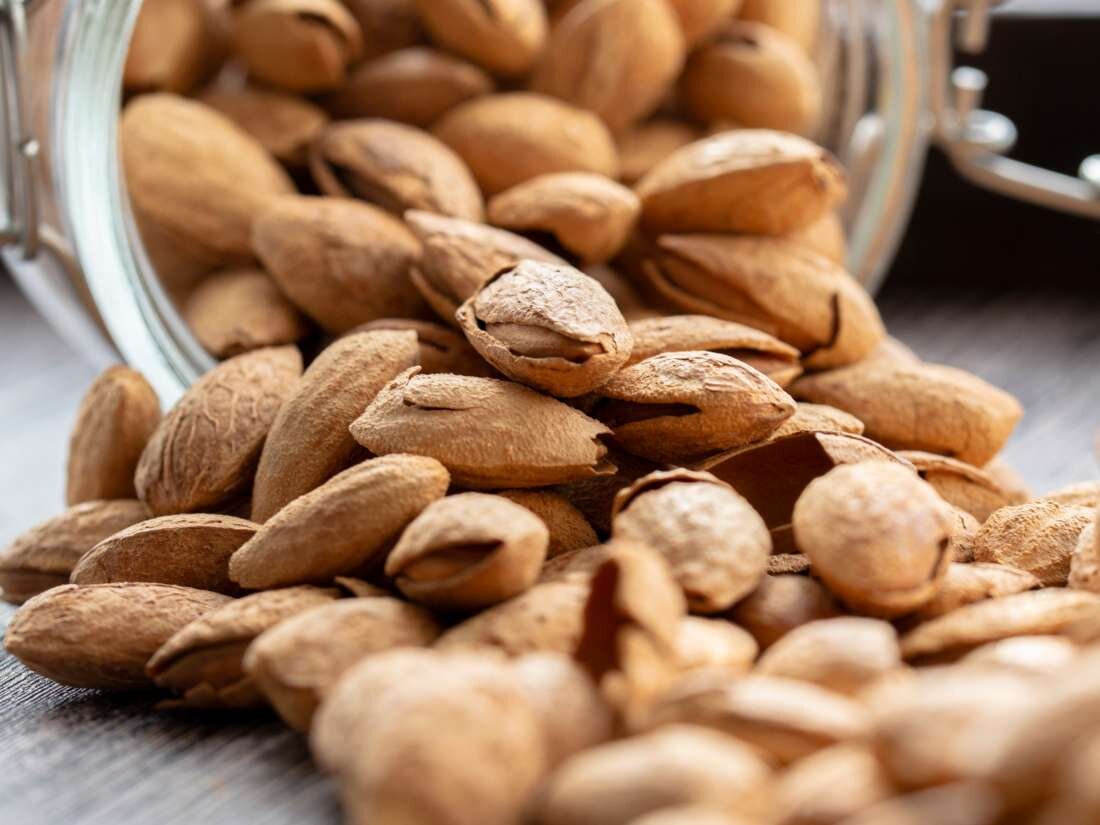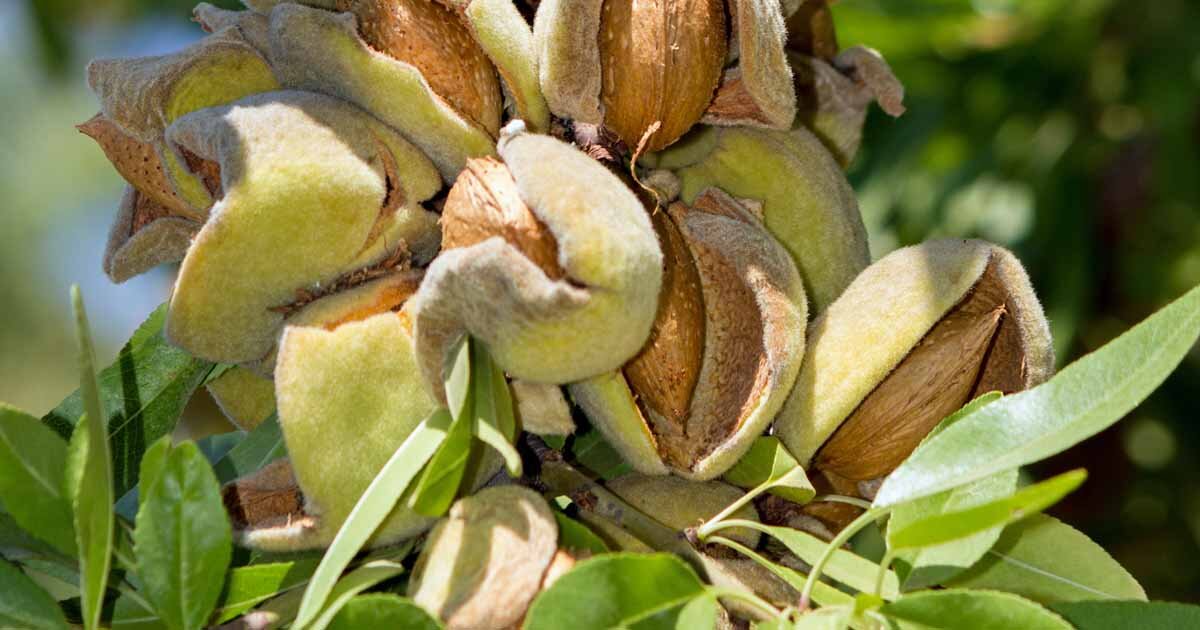The almond tree is very well suited to the Mediterranean climate where summers are long, warm and dry and winters are cool and moist. This is the climate that characterises the bottom third of the Australian continent. They are widely adapted to different soils other than those that are frequently wtarelogged. Almond trees are quite strong growers and can get quite large, up to 8m high. This is too high to net against the birds which means that backyard almond trees must be pruned to a small size. Prune your almond tree very year so that it s shape facilitates the application of a good birdnet. Most almond varieties require cross pollination with a second different variety to allow fruit set. However, we do have some modern varieties that self-pollinate which means only a single tree is required. This is much better for backyard almond growers.
Shasta is one of the best sef-pollinating varieties. It is very prodfuctive ripening its nuts in February. Shasta is a softshell variety which means that the shell is easy to crack. The best time to plant your new tree is in June and July as a bare root dormant tree. Potted trees can be planted all year round.










